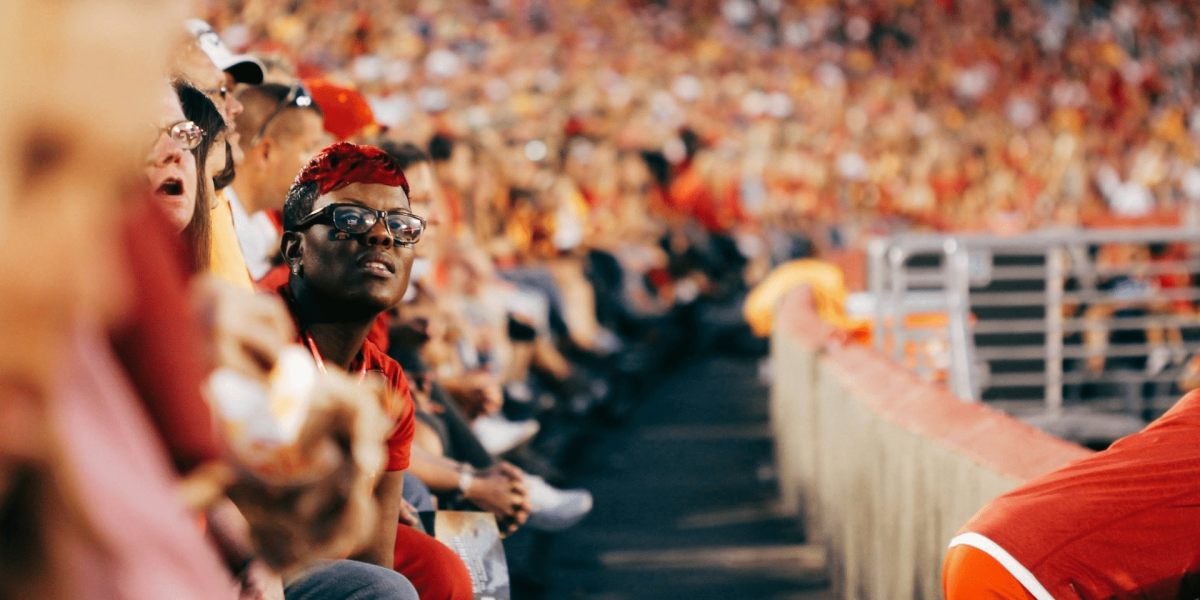Virginia’s college football programs have faced persistent defensive challenges in recent seasons, leading to concerns about player development, coaching strategies, and the strength of the competition. These struggles have been reflected in statistical trends, injury impacts, and recruitment gaps, contributing to inconsistent performances on the field. This article explores the major factors contributing to the defensive struggles of Virginia’s college football teams.
Player Performance
Tackling Efficiency
One of the critical areas of concern in Virginia’s defense is tackling efficiency. Missed tackles have been a common issue, allowing opponents to extend plays and gain significant yardage. These missed opportunities highlight a need for improved fundamentals, better positioning, and more aggressive tackling in crucial game situations.
Coverage Breakdown
Virginia’s defensive backfield has also struggled with coverage breakdowns, especially in crucial third-down situations. Opposing quarterbacks have found success exploiting soft coverage zones, resulting in big plays and an inability to contain the passing game. These breakdowns are a key contributor to the team’s high points-allowed totals.
Coaching and Strategy
Defensive Schemes
A review of Virginia’s defensive struggles reveals challenges in adjusting defensive schemes to counter high-powered offenses. While coaches have implemented various formations, including zone coverages and blitz-heavy strategies, these approaches have often been ineffective in neutralizing opposing offenses. The lack of cohesive defensive schemes has led to confusion and a breakdown in assignments.
In-Game Adjustments
In-game adjustments have also been a significant issue for Virginia’s defense. As opposing offenses identify weaknesses, the inability to adapt mid-game has resulted in big plays and scoring drives. This lack of real-time strategy adjustment has been a major factor in the team’s defensive inconsistency.
Opponent Strength
High-Scoring Offenses
Virginia’s defense has faced some of the most high-scoring offenses in college football, including those with elite passing attacks and dynamic playmakers. These offenses have been able to expose Virginia’s defensive weaknesses, contributing to the team’s defensive struggles. The inability to contain such powerful offenses has been a recurring theme.
Elite Quarterbacks
Virginia has also struggled against elite quarterbacks who can exploit mismatches in coverage and capitalize on weak pass rushes. These quarterbacks have shredded Virginia’s secondary with precision passing and quick decision-making, leaving the defense unable to adjust in time to prevent big plays.
Injuries and Depth
Key Player Injuries
Injuries to key defensive players have further exacerbated Virginia’s struggles. When top players are sidelined, the defense often lacks the depth and experience to fill those roles effectively, leading to gaps in performance. Injuries to linebackers, defensive linemen, and cornerbacks have especially impacted the team’s ability to stop the run and defend against the pass.
Lack of Depth
Depth has been a persistent issue for Virginia’s defense, with backups often unable to match the level of play expected at the college level. This lack of depth has forced starters to play extended minutes, leading to fatigue and further defensive breakdowns as the game progresses.
Recruitment and Talent Development
Defensive Prospects
Recruitment of top defensive prospects has been inconsistent, impacting the team’s ability to build a strong defense over time. While Virginia has landed a few standout players, the overall talent pool on defense has lagged behind other programs, leaving the team vulnerable in high-pressure situations.
Transfer Portal Impact
The growing importance of the transfer portal in college football has had a mixed impact on Virginia’s defense. While the team has gained some valuable players through transfers, it has also lost key defenders to other programs. This player turnover disrupts continuity and limits the development of a cohesive defensive unit.
Statistical Trends
Points Allowed Per Game
Virginia’s defense has consistently ranked among the lower tiers in terms of points allowed per game. This statistical trend highlights the team’s inability to stop opposing offenses, contributing to losses in high-scoring games where the offense fails to keep pace.
Turnover Margin
Turnover margin has also been an area of concern, with Virginia’s defense struggling to generate turnovers. The inability to force fumbles or interceptions has limited the team’s chances to swing momentum in critical moments and put the offense in favorable field positions.
Virginia’s college football teams face significant defensive struggles rooted in poor tackling, coaching challenges, and a lack of depth. As the program looks to improve its defensive performance, it will need to address recruitment issues, player development, and game-time adjustments to build a more competitive unit. Until these concerns are resolved, Virginia’s defense will remain a critical area to watch in future seasons.








